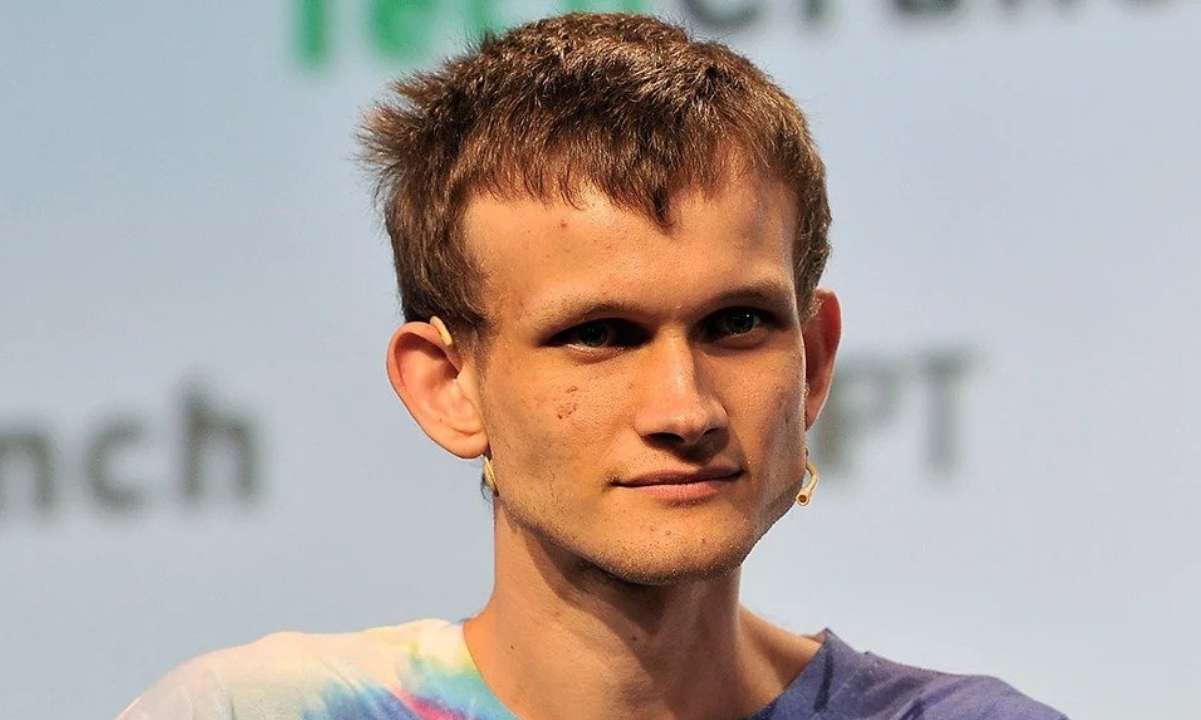
Vitalik Buterin encouraged the deployment of Zero-knowledge Ethereum Virtual Machines (zk-EVMs) on the Ethereum mainnet.
In a blog post, Buterin stated that the zk-EVMs would speed up Ethereum’s verification process without affecting the network’s decentralization and security.
zk-EVMs to Interact With Ethereum’s Multi-Client Philosophy
According to the Russian-Canadian programmer, Ethereum maintains its security and decentralization through its multi-client philosophy, which enables users to run nodes through a collaboratively-managed specification, with multiple teams making implementations.
The Ethereum creator believes the whole validation process can be modified using zk-EVMs, which will improve the network’s scalability.
A zk-EVM is a new type of Ethereum Virtual Machine that enhances Ethereum’s scalability by generating zero-knowledge proofs while supporting smart contracts and application compatibility.
ADVERTISEMENT
Ethereum layer 2 scaling solution Polygon has already deployed its zk-EVMs to improve transaction speed. Polygon’s zk-EVM aggregates multiple transactions into a single proof, allowing the network to execute them smoothly.
Buterin believes zk-EVMs should not be used for layer-2 protocols alone, as deploying them on Ethereum’s base layer (L1) is possible. He stated that zk-EVMs would solve Ethereum’s base layer verification problem.
“Once that happens, ZK-EVMs de-facto become a third type of Ethereum client, just as important to the network’s security as execution clients and consensus clients are today,” he said.
Deploying zk-EVMs on Ethereum’s Base Layer
Buterin further outlined various ways the zk-EVMs could be deployed on the Ethereum network, alongside their challenges.
The Ethereum developer mentioned the possibility of making the base layer function as a clearinghouse for L2 protocols while almost all activities are forced to move there. However, he disclosed that this option would make existing L1-based protocols become “economically nonviable” and increase transaction fees.
The second option would be to create a type 1 zk-EVM to verify the EVM execution of an L1 Ethereum block. While this option would have its challenges, the computer scientist believes developers would find a way to solve them.
“With these technologies in place, the future looks very good. Ethereum blocks would be smaller than today, anyone could run a fully verifying node on their laptop or even their phone or inside a browser extension, and this would all happen while preserving the benefits of Ethereum’s multi-client philosophy,” Buterin added.
Binance Free $100 (Exclusive): Use this link to register and receive $100 free and 10% off fees on Binance Futures first month (terms).
PrimeXBT Special Offer: Use this link to register & enter CRYPTOPOTATO50 code to receive up to $7,000 on your deposits.
- SEO Powered Content & PR Distribution. Get Amplified Today.
- Platoblockchain. Web3 Metaverse Intelligence. Knowledge Amplified. Access Here.
- Source: https://cryptopotato.com/vitalik-buterin-calls-for-deployment-of-zk-evms-on-ethereum/
- :is
- $UP
- 000
- 1
- 7
- a
- activities
- added
- affecting
- aggregates
- AI
- All
- Allowing
- alone
- alongside
- already
- and
- anyone
- Application
- ARE
- AS
- background
- banner
- base
- BE
- become
- believes
- benefits
- binance
- Binance Futures
- Block
- Blocks
- border
- browser
- Buterin
- by
- Calls
- CAN
- challenges
- client
- clients
- code
- color
- compatibility
- computer
- Consensus
- content
- contracts
- could
- create
- creator
- Decentralization
- deployed
- deploying
- deployment
- deposits
- developers
- enables
- encouraged
- Enhances
- enjoy
- Enter
- ethereum
- ETHEREUM MAINNET
- ethereum network
- ethereum virtual machine
- Ethereum's
- Even
- EVM
- Exclusive
- execute
- execution
- existing
- extension
- external
- Fees
- Find
- First
- For
- Free
- fully
- function
- further
- future
- Futures
- generating
- good
- happen
- happens
- Have
- However
- HTTPS
- important
- improve
- in
- Increase
- interact
- internal
- ITS
- jpg
- L1
- l2
- laptop
- layer
- Layer 2
- layer 2 scaling
- like
- LOOKS
- machine
- Machines
- mainnet
- maintains
- make
- Making
- Margin
- mentioned
- might
- modified
- move
- multiple
- network
- New
- node
- nodes
- of
- offer
- on
- Option
- outlined
- philosophy
- phone
- Place
- plato
- Plato Data Intelligence
- PlatoData
- Polygon
- Polygon’s
- possibility
- possible
- Problem
- process
- Programmer
- proof
- proofs
- protocols
- Reading
- receive
- register
- Run
- Said
- Scalability
- scaling
- Scaling Solution
- Scientist
- Second
- security
- Share
- should
- single
- smaller
- smart
- Smart Contracts
- smoothly
- solid
- solution
- SOLVE
- special
- specification
- speed
- Sponsored
- stated
- Supporting
- teams
- Technologies
- that
- The
- The Future
- their
- Them
- There.
- These
- Third
- Through
- to
- today
- transaction
- Transaction Fees
- transaction speed
- Transactions
- users
- validation
- various
- Verification
- verify
- verifying
- Virtual
- virtual machine
- vitalik
- vitalik buterin
- Way..
- ways
- which
- while
- whole
- will
- with
- without
- would
- Your
- zephyrnet
- zero-knowledge
- zero-knowledge proofs












